Wojciech Frykowski was an aspiring writer from Poland who tried to make it in Hollywood with the help of his friend, Roman Polanski. But his connections would prove deadly.
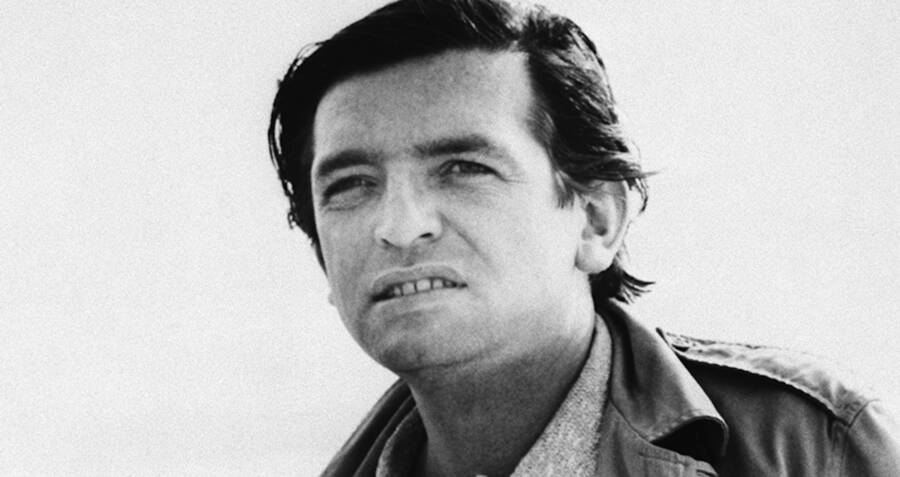
Bettmann/Getty ImagesWojciech Frykowski was a Polish writer and filmmaker who was slain in the 1969 Manson murders.
Wojciech Frykowski was brutally murdered along with his girlfriend, Abigail Folger, in the 1969 Manson Family killing spree. The couple were dear friends of director Roman Polanski and actress Sharon Tate, and had moved into the Polanski-Tate house to keep the pregnant starlet company.
From Poland To Hollywood
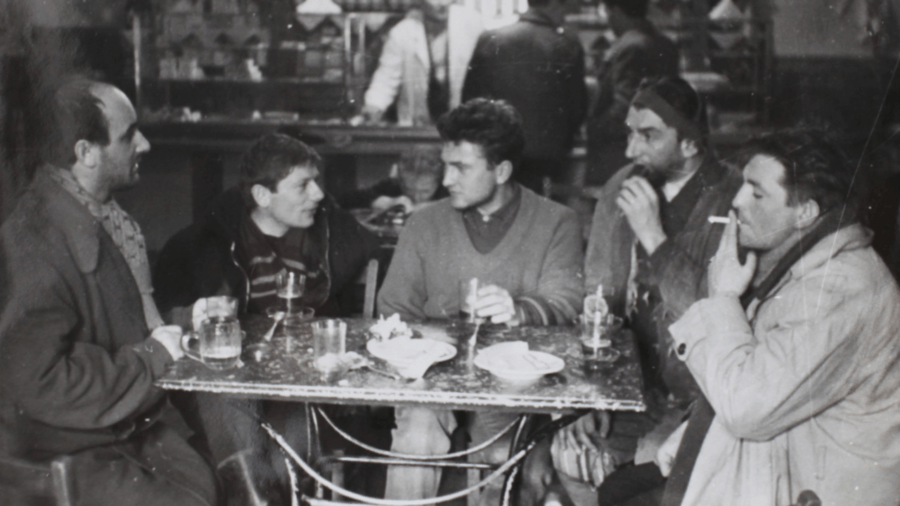
Andrzej KondratiukWojciech Frykowski (far right) and Roman Polanski (second from left) became good friends and shot their first film together, ‘Mammals’.
Wojciech Frykowski was born in Poland on Dec. 22, 1936 to textile entrepreneur Jan Frykowski and his wife Teofila Stefanowska.
As a student, young Frykowski gained a reputation as a trouble maker in school. His propensity for conflict almost got him into a fistfight during a school dance, where he met another student named Roman Polanski, who would later become the successful Hollywood director married to Sharon Tate.
Polanski, serving as the door man for the dance that night, wouldn’t let Frykowski into the venue. He knew he had a rough reputation. They almost got into a brawl, but instead had drinks together and became good friends.
They spent wild nights out together at the bar, and with alcohol and Frykowski’s explosive attitude in the mix, things could sometimes get out of control.
But Polanski and Frykowski were good enough friends that the former could see beyond his rebellious buddy’s tough facade.
“Beneath his tough exterior Wojciech was good-natured, softhearted to the point of sentimentality, and utterly loyal,” Polanski later wrote of his dear friend.
Despite not being in filmmaking himself, Frykowski gravitated toward Polanski’s community of student filmmakers at the Lodz Film School. The school was founded in 1948 after the end of World War II in an attempt to nurture Poland’s growing cinema talent.
“1945 was pretty much year zero for the Polish film industry; they had to start from scratch, and Lodz was part of that,” film historian Michael Brooke said. “There was little money for filmmaking…so many of the talented people went into teaching — so you had that right from the start, and they have maintained that tradition.”
Frykowski, who often went by the nicknames Wojtek or Voytek, earned a degree in chemistry but found himself struck by the cinema bug and wanted to become more involved in his friend’s film projects.
His first opportunity came when Polanski was making a short film, 1962’s Mammals. Not having any filmmaking skills at that point, Frykowski jumped in as the film’s financier, though he was never properly credited for the project.

TumblrFrykowski and Polanski on the set of ‘Mammals’. Frykowski floated aimlessly after they graduated from school and Polanski tried to help his friend whenever he could.
Next, Frykowski helped out as a life guard while Polanski shot his first feature, Knife In The Water.
The independent Polish movie initially gained a cult following before it finally received praise from critics. The success of the film brought Polanski on his first visit to the United States for a showing at the New York Film Festival. A still from the Knife In The Water made an appearance on the cover of Time magazine, and in 1964 it was nominated for an Oscar for best foreign language film.
Meanwhile, Frykowski floated aimlessly. He spent some time in Paris to become an actor but never landed any roles. Then, he decided he wanted to become a writer but he never managed to publish any writing, either. Despite their friendship, Polanski knew that his friend was going nowhere fast.
“Wojtek was a man of little talent but immense charm,” the director would later say of his aimless friend.
Frykowski allegedly lived off the inheritance from his father’s illicit currency-exchange business and enjoyed a lavish lifestyle, having been known among international socialite circles for his outrageous partying and appetite for women.
But then, the money dried up. Broke and aimless, Frykowski set his sights on America, where his old friend Polanski had begun setting down roots thanks to his burgeoning film career.
Frykowski Meets Abigail Folger

Cielo DriveAccording to close friends, Abigail Folger and Wojciech Frykowski had a challenging relationship fueled by drugs.
It was through his new circle of friends in New York that Wojciech Frykowski was introduced to Abigail Folger, heiress to the Folgers Coffee empire.
They met through mutual friend and novelist Jerzy Kosinski in early 1968. By August, the couple decided to move together to Los Angeles, where they ended up renting a house off of Mulholland Drive.
Frykowski and Folger’s union was tumultuous at best. Frykowski had dried up his inheritance and had no job in Hollywood but he wasn’t willing to give up his fancy lifestyle. Instead, according to police reports, he “lived off Folger’s fortune.”
As Frykowski tightened his grip on Folger and her inheritance, his drug habit eventually rubbed off on her as well. Close friends of the two admitted that both were steady users that liked to experiment with various substances from marijuana to cocaine.
A year after they moved to Los Angeles, Frykowski and Folger house-sat for Polanski at 10050 Cielo Drive, a private getaway the rising movie director rented with his wife, Hollywood starlet Sharon Tate.
The two minded the house while Polanski and Tate were away in London. But Polanski had gotten so preoccupied with his next film project that it was decided Tate — who was eight months pregnant — would go back to stay with Frykowski and Folger at the house until their baby arrived.
An Unexpected Victim Of The Manson Family
On the night of August 8, 1969, the three arranged dinner plans with another member of their clique, celebrity hair stylist Jay Sebring, who also happened to be Tate’s ex-boyfriend. The four dined at El Coyote restaurant on Beverly Boulevard and then headed back to the house on Cielo Drive.
When they got to the house, the group split up: Folger retired to the guest bedroom, Tate and Sebring stayed up talking in Tate’s room, and Frykowski passed out on the living room couch.
In the middle of the night, Frykowski awoke from his slumber to the jabs of a blunt object. Without warning, members of a sick hippie-cult later known as the Manson Family had occupied the house.
They had been sent by their leader Charles Manson, an ex-convict turned runaways messiah, to commit murder in the hopes of framing Black men for killing rich white folks so as to kick off a race war — or what Manson liked to refer to as Helter Skelter.
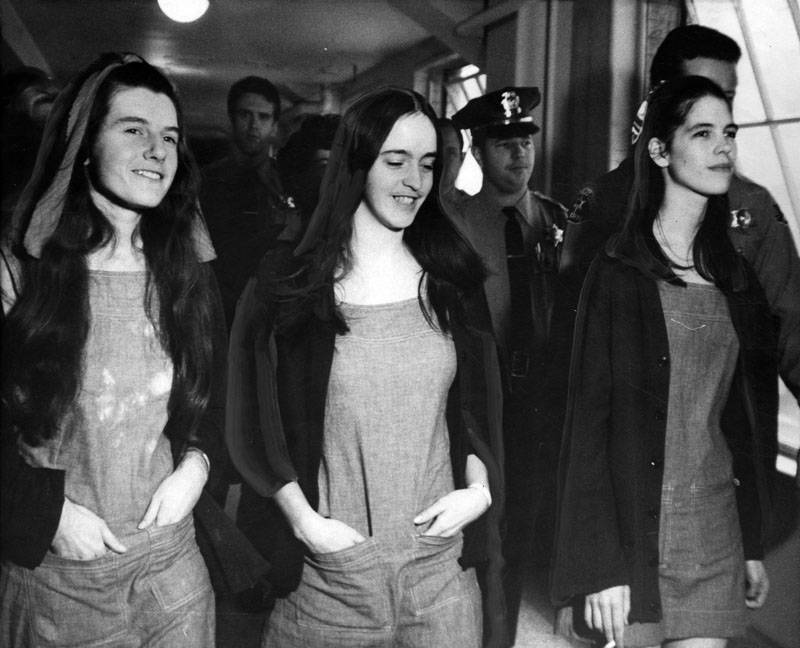
Los Angeles Public LibraryFrom left to right: Leslie Van Houten, Susan Atkins, and Patricia Krenwinkel after they were arrested for the killing spree in 1969.
Frykowski — apparently still dazed by drugs and a full belly — was unable to register the danger of the situation. He sleepily asked the strange man who had waken him up about the time before he was suddenly staring down the barrel of a gun.
“Who are you and what are you doing?” Frykowski asked after being jolted awake by the sight of the gun. It was Charles “Tex” Watson, Manson’s right-hand man.
“I’m the devil, and I’m here to do the devil’s business,” Watson answered. What followed was an onslaught of violence that Hollywood nor the public had ever witnessed before.
Watson, along with Manson family members Patricia Krenwinkel and Susan Atkins, killed Frykowski, Tate, and their friends. A fifth victim, Steven Parent, was killed in his car after he visited the home’s caretaker in the guest house. Meanwhile, fellow Manson Family member Linda Kasabian, who was there as the lookout and getaway driver, stayed out of the fray.
During the murderous rampage, Wojciech Frykowski was stabbed 51 times, bludgeoned 13 times, and shot twice. According to oral accounts from the killers, Frykowski suffered most of his stab wounds while tussling with Atkins, who repeatedly stabbed him in an attempt to regain control after he tried to escape. The brutality was then picked up by Watson, who continued to stab Frykowski before finally shooting him with a gun.
When cops arrived at the bloody murder scene the next morning, Frykowski’s lifeless body was discovered on the porch while Folger was found in the grass, her dress so blood-soaked that police couldn’t tell that the dress had originally been white.
The Aftermath Of The Manson Killings
All the occupants of the Cielo Drive house were brutally murdered that night. On top of the gruesome crime scene, police found the word “PIG” written in blood on the front door. The blood, it later turned out, belonged to the pregnant Sharon Tate, who was stabbed and hung from a rafter along with her unborn child.
News of the homicide spread quicker than a California wildfire, and “scared the daylights out of everyone,” as actress Connie Stevens had so memorably put it.
“When you talk about the Manson case, you’re talking about perhaps the most bizarre murder case in the annals of crime,” said prosecutor Vincent Bugliosi, who handled the Manson case. “There was a lot of fear. People were canceling parties, canceling people from guest lists. The words printed in blood made it especially frightening for the Hollywood crowd.”
The Hollywood lights shone a little faded as the industry’s biggest stars reportedly hid away; Mia Farrow, the star of Polanski’s hit film Rosemary’s Baby and a friend of Tate’s, was too afraid to attend the funeral; Frank Sinatra went into hiding; Tony Bennett moved from a bungalow to an inner suite at the Beverly Hills Hotel; and Steve McQueen began keeping a gun under the front seat of his car.
Initially, police had suspected that the murders at the Tate house were a drug deal gone bad. After searching the house, they found small amounts of drugs all over the premises, including in Sebring’s car.
Wojciech Frykowski was a known user who frequently played with cocaine, mescaline, marijuana and LSD. After their autopsy, both Frykowski and Folger had MDA, a psychedelic amphetamine, in their blood streams. But the crime scene was simply too bloody for any of that to make sense.
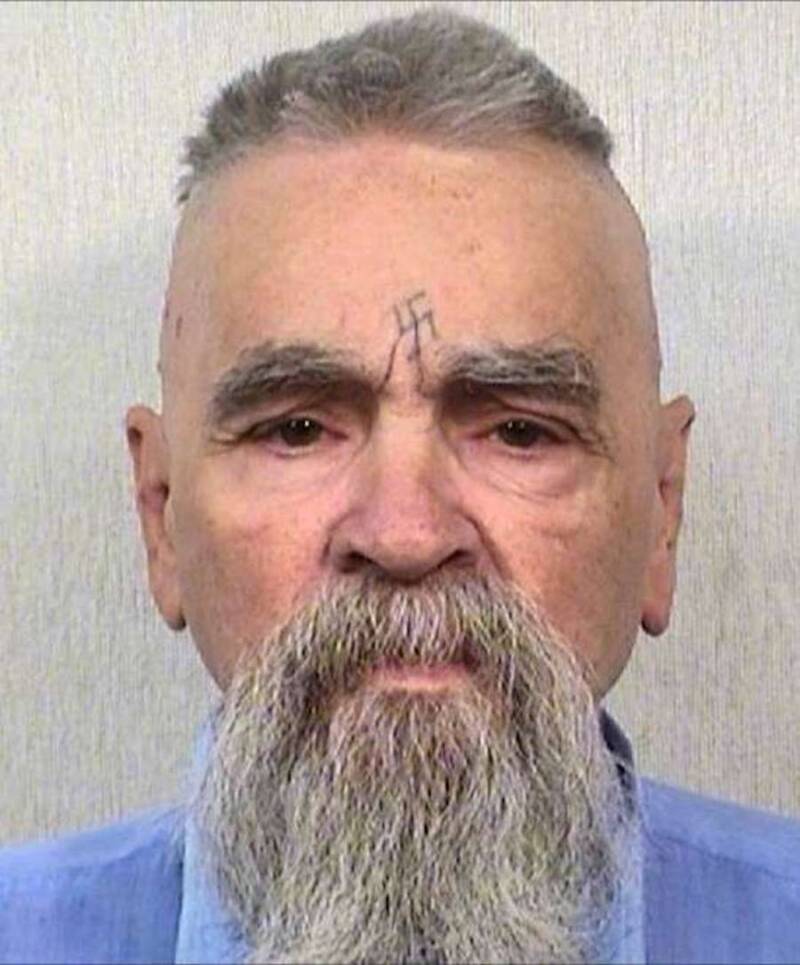
Wikimedia CommonsCharles Manson later in life during his time in prison. He died in 2017.
Moreover, another murder had popped up the day after at the estate of Leno and Rosemary LaBianca, a married couple who owned a chain of grocery stores in LA.
Just like the killings at the Tate house, the killers left a message in blood, this time it read “HEALTER SKELTER,” a misspelling of the Manson gospel.
The Aftermath Of The Manson Family Murders
After four months of investigation, a string of clues and a prison confession from Manson member Susan Atkins led prosecutors to tie the murders back to the Manson Family, who were at the time living at the former movie lot Spahn Ranch.
Manson, Atkins, Krenwinkel, and Watson were all tried and found guilty of murder. All were sentenced to the death penalty but their sentences were commuted to life in prison after California knocked down capital punishment in the early 1970s.
Frykowski, for all his troubles and misdeeds, left two children behind after his death. One of them was 12-year-old Bartłomiej, known to the English-speaking press as Bartek Frykowski, whom Frykowski had from one of his past marriages.
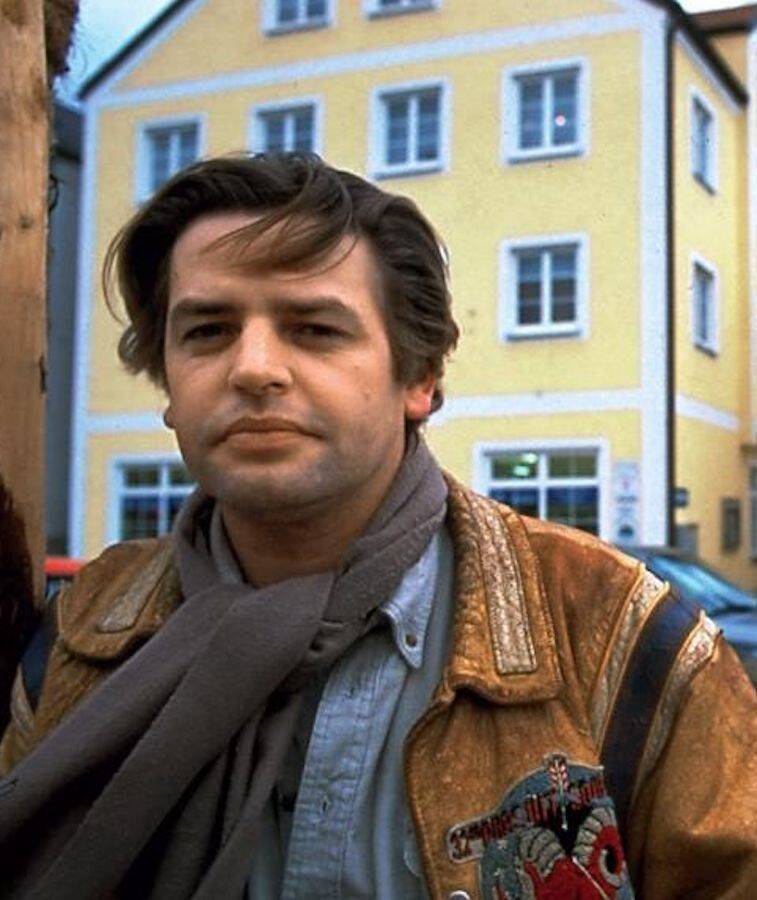
FPM/Ian Cook/Getty ImagesBartek Frykowski filed a lawsuit against Charles Manson for the death of his father, Wojciech Frykowski. He won $500,000 in reparations.
Bartek filed a lawsuit against Charles Manson for the death of his father, and in 1971 won his case. But he did not see a dime of his compensation money until 22 years later, when Guns N’ Roses recorded the song Look At Your Game, Girl, which Manson wrote during his musical period. The band’s label agreed to pay $62,000 to Bartek for every million album copies they sold.
While the money was certainly been useful for Bartek’s own family, he said that it would take more than a few bucks to be able to accept his father’s death.
“It is truly a bizarre chain of events that brings me here today, years after the most tragic event in my life. Even though this new situation cannot change the past, my hope is that something positive will emerge for the future.”
“Manson destroyed my life really,” he said a year later.
In a tragic turn of events, Bartek died in 1999 from what many speculated was a murder, though official statements from Polish authorities said it was a suicide.
Despite the discovery of the Manson Family as the culprits behind the murders, conspiracy theories continue to haunt the deaths of the Manson victims decades after their deaths. One of the more outlandish theories surrounding the case is that it was indeed a drug deal on Frykowski’s end that had gone bad, and that Manson was merely a henchman tasked to kill him off as part of his duties to a national satanic network.
“We’re in the area of speculation,” Bugliosi said. “It’s like the JFK assassination: No one comes up with hard evidence. There simply is no hard evidence that drugs were the motive…. maybe Charlie’s the only one who really knows what his motives were.”
Regardless, the delusional ring leader never expressed any remorse for the destruction that him and his followers brought to the innocent lives of his victims.
“I am a man of God,” Charles Manson said. “I am not a bad person, I am a good person.”
Now that you’ve caught up on Wojciech Frykowski’s tragic death in the Manson Family killings, learn about Manson follower and would-be presidential assassin Squeaky Fromme. Then, read the horrifying story of Rodney Alcala, the serial killer who went on The Dating Game, during his murder spree.





